Cathode vs. Anode in Diodes
Diodes, key in PCB design, ensure unidirectional current. Understanding anode/cathode roles boosts circuit reliability and efficiency in electronics.
The core of semiconductor technology and circuit design involves diodes. These are some of the smallest yet very important components used in nearly all types of electronic devices. They form one of the staples upon which most PCB developments have been based. At the heart of understanding diodes is two main terminals: the cathode and the anode. This article is a comprehensive guide that will look at what makes these terminals different, their roles in circuit functionality, and how they affect PCB design and assembly.
What is a Diode?
A diode is a semiconductor device that conducts current in one direction only and acts much like a one-way valve for electrical current. This property makes it indispensable for tasks such as the rectification of alternating currents, the protection of circuits against voltage spikes, and proper current flow within complex electronic systems.
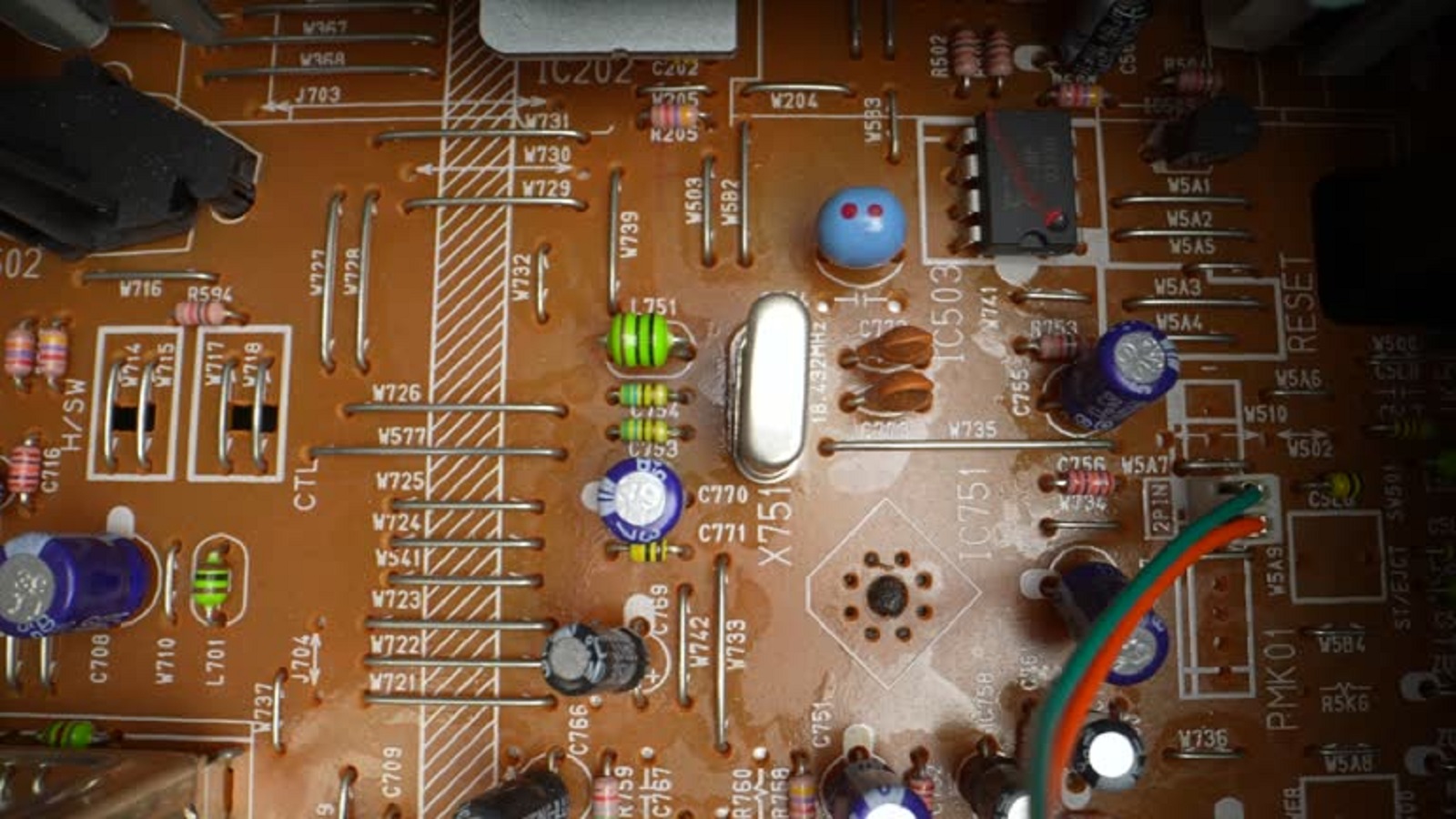
Basic Structure
P-Type Region: Rich in 'holes,' or positive charge carriers, this side is connected to the anode.
N-Type Region: This region contains excess electrons. This side is considered the cathode.
Between these two regions is the **p-n junction**, which is the heart of a diode and determines its one-way direction feature.
Understanding Cathode and Anode
It is very important to know the differentiation and operation of the cathode and anode for an individual who develops and assembles a PCB
Anode
Functionality: The anode is the diode's positive terminal. The electrons flow across the p-type region in the forward-biased state to let the current pass through a device.
Charge Interaction: As it is positively charged, it has attracted electrons enabling the oxidation process.
Signification: In LEDs or other types of diodes, the anode is usually longer, or marked by a positive sign.
Cathode
Cathode Function: This acts as a negative terminal connected to the n-type region and emits electrons into the external circuit in a forward bias.
Charge Interaction: It is negatively charged and, thus, it attracts protons due to the positive charge, reducing processes.
Signification: In general, this terminal is marked on the diode body with a stripe or band, usually short for LEDs.
Forward and Reverse Biasing
The catalytic nature of diode functionality is based upon biasing - how voltage is applied across the anode and cathode terminals.
Forward Bias
For a diode to conduct:
Anode more positive than Cathode: The potential barrier at the junction reduces, hence allowing the current to flow. In such a configuration, it acts like a closed switch with a minor voltage drop of 0.6V to 0.7V for silicon diodes.
Reverse Bias
When the diode is reverse-biased:
Anode is less positive than Cathode: The potential barrier increases and, in effect, stops the flow of current, and the diode acts as an open switch. This property is utilized to avoid undesirable reverse currents in circuits.
Applications in PCB Design
A key objective of this content marketer at PCBX was to help clients understand diode orientation with respect to their design performance and reliability. Other key applications where diodes may be used include the following in PCBA:
Rectification
First and foremost, in the process of converting AC to DC, diodes in rectifier circuits make use of their unidirectional current to change alternating currents into direct currents. Configurations such as the bridge rectifier employ four diodes to deal effectively with both phases of the AC signal.
Voltage Regulation and Protection
Zener Diodes: They are used for regulating the output voltage by allowing reverse current flow at a precalculated voltage, thus protecting sensitive components against voltage excess.
Flyback Diodes: These are installed across inductive loads such as motors and are used to avoid voltage spikes that might further damage components.
Signal Processing
Diodes are also engaged in demodulation and in various signal-processing applications, carving from carrier waves received through communication systems both audio signals or data signals. Moreover, this depends very importantly on their right orientation in order to uphold signal integrity.
The Place of Diodes in PCB
Importance in Assembly
The proper placement and orientation of the diode on the PCB can help in preventing failures and improve functional performance.
Polar Markings: Markings should be noticed while doing the PCB layout design to correctly place a diode. The cathode, often a band or stripe, needs to be according to the schematic, so the proper current flows.
Silkscreen Indicators: Most PCB designs feature silkscreen layers to outline the components and the polarity to ensure a quick, error-free installation.
Performance Considerations
Poor placement of diodes will result, necessarily, in circuitry that is less than efficient but will create high dissipation of heat and risk of component failure due to improper voltage across the p-n junctions. Design foresight can prevent such mistakes by keeping thermal performance in mind when approaching designs for reliability and efficiency.
Guidelines for Effective Diode Usage
Component Spacing: Provide spacing between the diodes and other heat-sensitive components to avoid thermal coupling, hence ensuring effective heat dissipation.
Testing and Validation: Diode continuity and functionality should be checked with multimeters before installation. The diode test mode should be used for checking forward and reverse bias characteristics.
Thermal Management: Orientation of the diodes shall be considered in the overall thermal management of the board, taking into consideration the airflow and conductive heat paths that may lead to overheating.
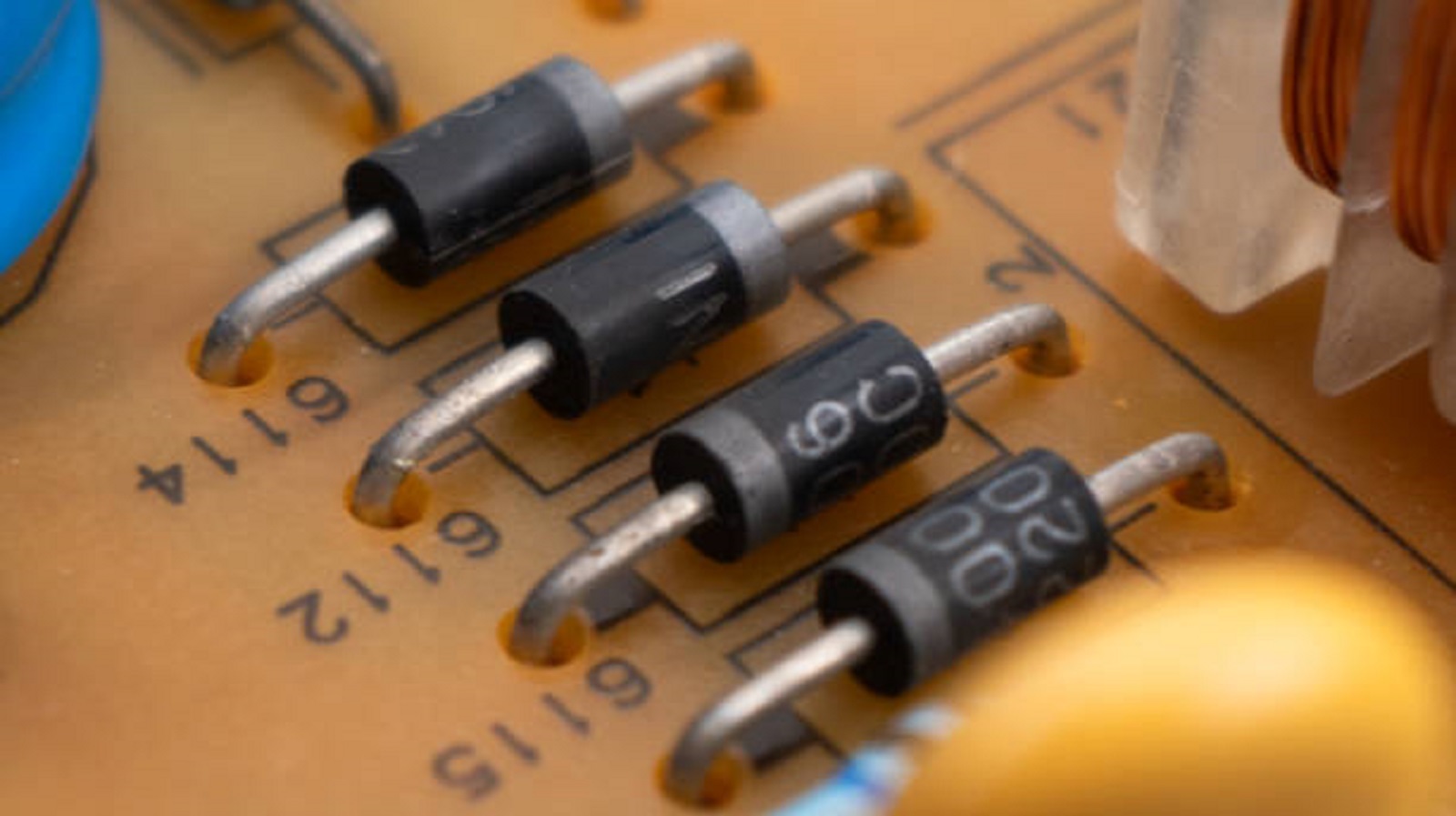
Diodes, with their anode and cathode terminals, are one of the most important components in PCB design. They ensure the flow of current in one direction and enhance the reliability of a device. At PCBX, we try to educate our clients about all such elements so that they can use their electronics projects to their full potential. Understanding the critical roles of both cathode and anode terminals enhances not only circuit functionality but also the longevity and dependability of the systems based on PCBs. With these insights integrated, designers can create more efficient, robust, and capable electronic solutions for a wide range of applications and industries.
Hot Tags:
Contact us

If you can't find what you're looking for, please contact us.
Article
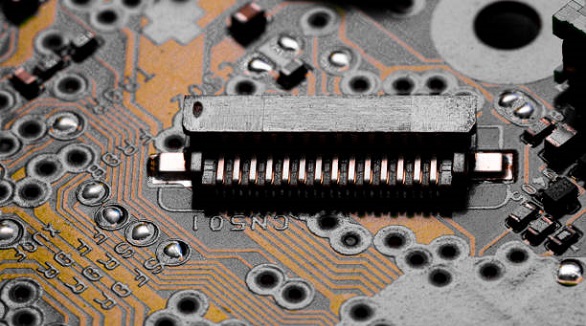
3-pin vs 5-pin: 3-pin offers simplicity in plugs and keyboard switches, ideal for residential and custom projects. 5-pin supports higher power and stability.
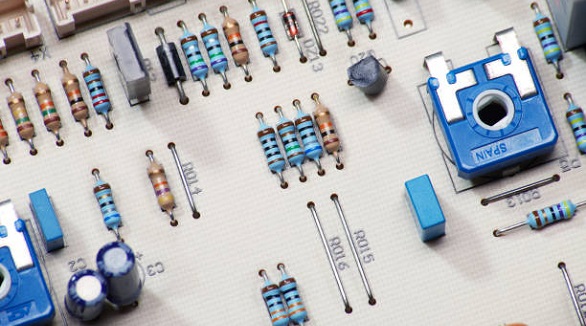
The 3.3K resistor is vital in electronics for current regulation, is widely available, and ideal in precision circuits, ensuring stability and cost-effectiveness.
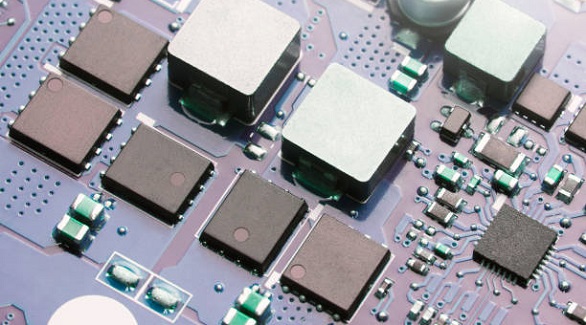
eFuses are advanced PCB fuses that reset automatically, offering fast, precise protection and versatility in electronics, enhancing device safety and reliability.